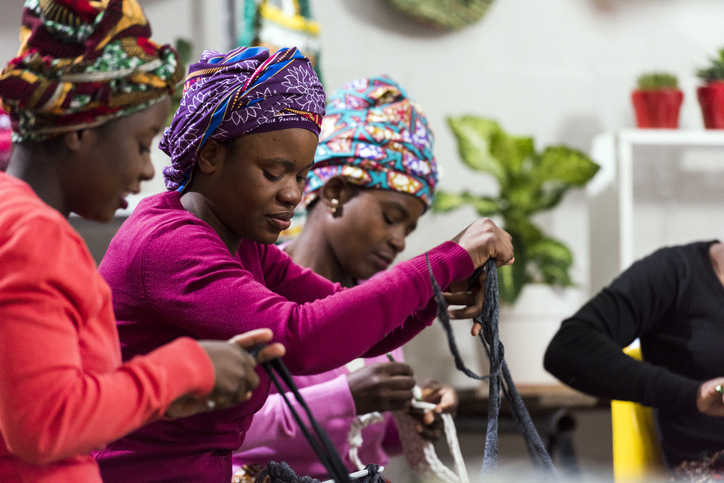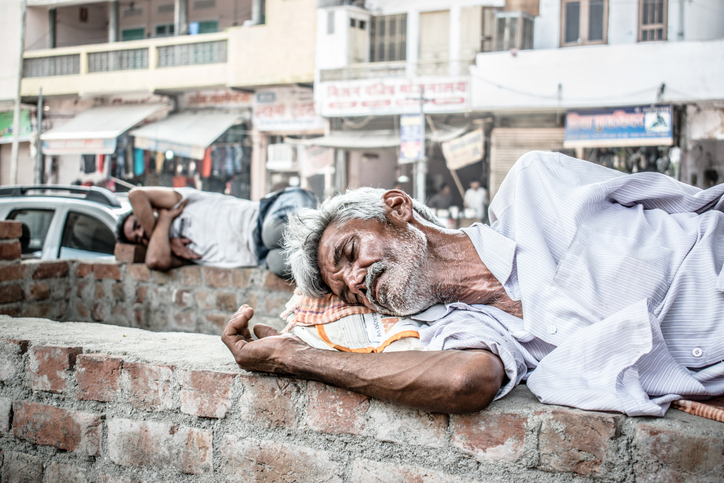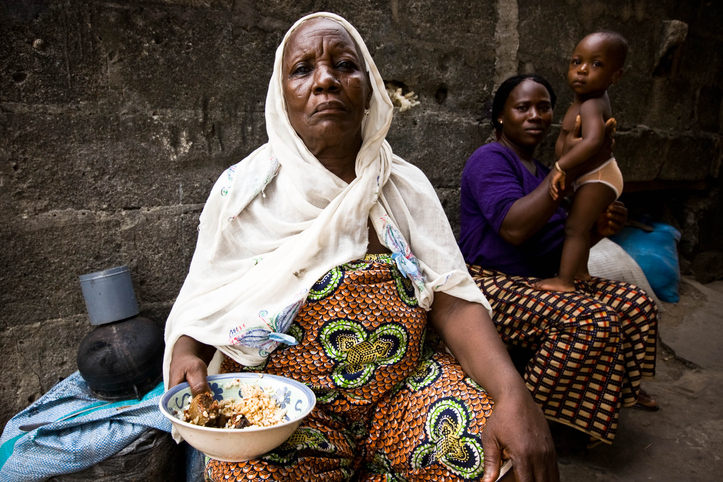There is considerable evidence of inequalities in the impact of Covid-19 on men and women. This column explores some of the potential policy responses, and reflects on the kind of data that governments need to design measures that can address the inequitable effects of the crisis on lives and livelihoods.
The global pandemic has brought economic damage, social disruptions, and increased vulnerability of marginalized groups and communities. There is considerable evidence of inequalities in the impact of Covid-19 on men and women. Things happen in the world to prime us to address our assumptions and reconsider priorities to align domestic resources to champion policy change. The functioning of government is also greatly influenced by the quality of state legislation and regulations.
The following discussion explores potential policy measures, and reflects on the data that governments need to leverage to address the inequities leading to uneven outcomes for lives and livelihoods. Bearing in mind the twin threats of gender inequities and Covid-19, we review how government should work to make a priority of new funding streams, the continuation of services, and the expansion of progressive employment models to alleviate the effects of sex-based discrimination in the workforce, especially those attached to the ‘caregiver bias’.
Amid this pandemic, it is women’s position as caregivers that compels us to consider the unequal distribution of unpaid care work, constraining changes in individuals’ wellbeing, and the benefit of time, thus confining their employment and other spaces for empowerment.
In this context, debates about the government’s role in care and work must advance strong partnerships between the state and local governments. It is a framework offered to safeguard the social contract by bolstering care services, enhancing the protective guarantees of these services, and providing training and regulations to those delivering informal care. There must be a reduction and redistribution of unpaid work predicated on gender analysis to articulate preparedness and response efforts according to gender and health equity criteria.
In most countries, the conventional discussion has revolved around the pandemic’s primary effects. A common observation is a strain on healthcare systems, the quality of care provision, and the application of monetary and fiscal policies to contain contractions in people’s ability to work and produce.
But we must also consider the effects of such factors as preparedness and resilience, which are interdependent parts of the pandemic’s secondary impacts on women so far as it concerns access to social protection, health services, and decent work. These elements are vital to establishing adaptive forms of protection and capacity to increase recovery by decreasing gender disparities.
Such an approach must be part of a continuous process of strategic alignment. By collecting adequate information, there should be no interruption in planning, ensuring the horizontal alignment of expenditure to support basic operations in adaptive social protection systems. These systems should be backed up by gender and age-disaggregated data to assess the coverage and effectiveness of benefit levels.
As women form the bulk of the healthcare workforce (doctors, nurses, midwives, community health workers, and janitorial service workers), comprehensive assessments of their marginalization and isolation should provide flexibility to mitigate the effects of limited legal and employment protection to overhaul national and global decision-making during disease outbreaks.
The hazards should not go unnoticed as the analytical framework should rely on definitive sources, such as data based on local legal experts’ responses, labor laws, respondents’ replies to the census on productivity and household earnings, family composition, income, and other official documents.
In general, the adequacy and reliability of sources of income security should be the clues to understanding why social protection systems must be part of a steady flow of income that is sufficient to live. There should be a general agreement for immediate palliative solutions in the form of essential safety net services. The proposals should suggest broadening eligibility and equal treatment based on income distribution, medical and health services, employment, and income-maintenance programs to uphold women’s rights.
Currently, it is interesting to note that far from settling for fast solutions, some governments are proposing to scale-up social protection assistance to broaden coverage and targeting for women working in the informal sector.
For example, in Colombia, the government relies on needs assessments combining tax/fee/rent relief programs. In addition to these measures, the government provides an emergency cash grant of US$40, targeting three million impoverished households composed of informal sector workers. The aim is to expand coverage (horizontally) through the country’s social assistance system (SISPEN) and, at the same time, to link the size of the transfers (vertically) to mainstream an income supplement of US$150 for working families and women in specific sectors.
Another aspect is the expansion of cash transfers that are gender-transformational, such as government-to-person programs. There are examples in India (modality for account ownership and access to funds), Pakistan (biometric verification for disbursements), and Nigeria (cash-in/cash-out distribution networks).
For policy-makers, the goal is to establish avenues of modernization, emphasizing active rather than passive payment programs to boost women’s economic empowerment. The innovation is that these programs focus on women’s financial inclusion, which is a lever facilitating the expansion of skills, peer-to-peer support networks to frame the provision of digital financial services. The primary goals are to prevent gender inequality and alleviate sources of stress on women’s physical and mental health.
The current situation urges us not to ignore the impact of women’s contribution in the fight to alter chronic poverty and vulnerability. Therefore, women and their access to decent work require the design and implementation of gender-sensitive social protection, such as health insurance, health fee exemptions, and public works programs that target women’s time poverty.





